Bioluminescence Resonance Energy Transfer (BRET) Imaging in Plant Seedlings and Mammalian Cells
互联网
互联网
相关产品推荐
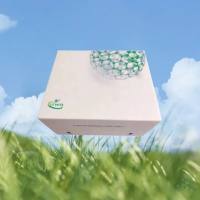
MKN45人低分化胃癌细胞|MKN45细胞(Human Poorly Differentiated Gastric Cancer Cells)
¥1500
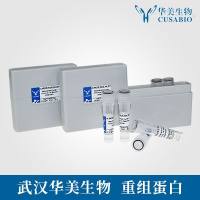
Recombinant-Saccharomyces-cerevisiae-Syntaxin-8SYN8Syntaxin-8 Alternative name(s): SNARE protein related to mammalian syntaxin 8 ULP1-interacting protein 2
¥11046
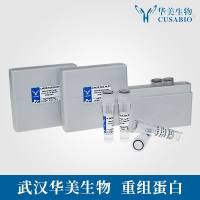
Recombinant-Rhizobium-sp-Probable-conjugal-transfer-protein-trbItrbIProbable conjugal transfer protein trbI
¥12614
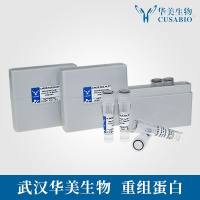
Recombinant-Bacillus-pseudofirmus-Energy-coupling-factor-transporter-transmembrane-protein-EcfTecfTEnergy-coupling factor transporter transmembrane protein EcfT; ECF transporter T component EcfT
¥11144
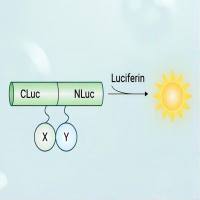
荧火素酶互补实验(Luciferase Complementation Assay, LCA)| 荧光素酶互补成像技术(Luciferase Complementation Imaging, LCI)
¥5999
相关问答
推荐阅读
Novel Tools for Use in Bioluminescence Resonance Energy Transfer (BRET) Assays
Monitoring Protein‐Protein Interactions in Living Cells by Bioluminescence Resonance Energy Transfer (BRET)
Subcellular Dynamic Imaging of ProteinProtein Interactions in Live Cells by Bioluminescence Resonance Energy Transfer

